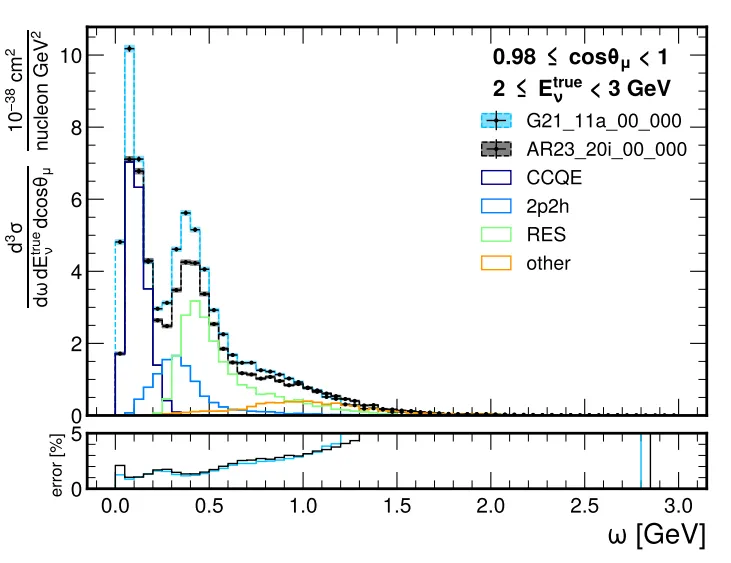Post
Physics and Neutrino Detector 
The Physics and Neutrino Detector WG conducts studies to assess the sensitivity of the nuSCOPE experiment to different physics goals. With the unprecedented capability of measuring the neutrino energy on an event-by-event basis, nuSCOPE opens up a plethora of studies which were not possible before. These include, but are not limited to:
- “electron-scattering”-like measurements, which allow us to study the dynamics of neutrino-nucleus interaction channels at GeV energy (making use of the known incoming neutrino energy),
- measurement of the neutrino energy bias for future oscillation experiments (such as DUNE and HK),
- BSM physics scenarios, including searches for HNLs and fast neutrino oscillations,
- potential measurements of nuclear PDFs.
The WG also oversees the development of the simulation software and framework used in these sensitivity studies, and contributes to defining the neutrino detector specifications and technical implementation.

Projected measurement of the differential cross-section as a function of the energy transfer ($\omega = E_{\nu} - E_{\mu}$) in a Charged Current neutrino-nucleus scatter. This quantity, among others, describes the properties of the exchanged boson in a weak interaction. Notice the different structures which appear along the x-axis: the different peaks correspond to different interaction channels. As the energy transfer increases, the neutrino is able to probe finer and finer structures inside the nucleus – it can interact with a nucleon (dark blue), two correlated nucleons (light blue), excite the nucleon to a heavier, unstable baryon (green), or interact with the individual quarks inside the nucleon (orange). This measurement is possible thanks to the known neutrino energy in the nuSCOPE experiment.
Back